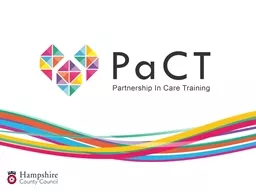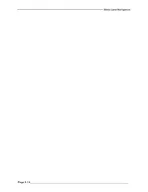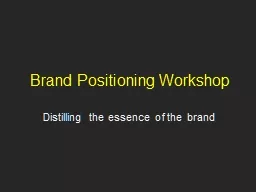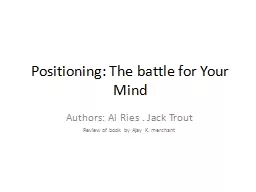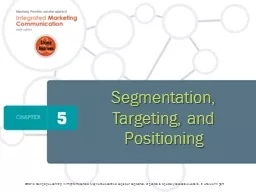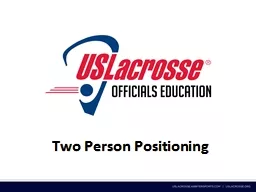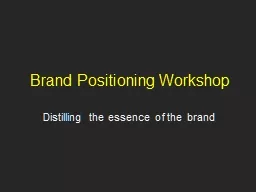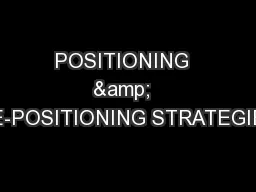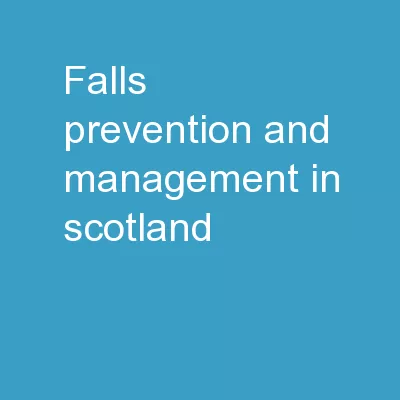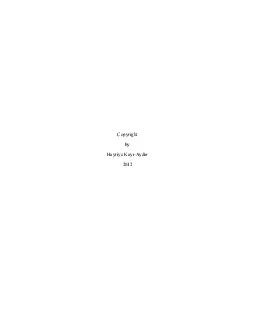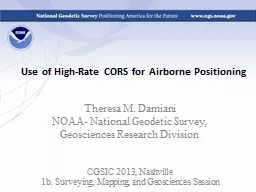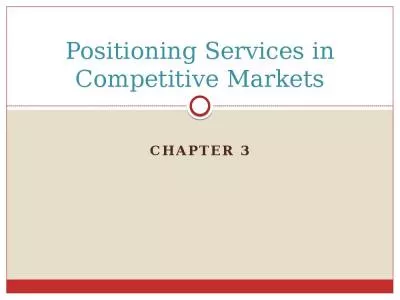PPT-Moving , Positioning and Falls Management
Author : marina-yarberry | Published Date : 2020-01-16
Moving Positioning and Falls Management of People Defining Manual Handling HOUSEKEEPING Learned Outcomes By the end of the session participants will be able To
Presentation Embed Code
Download Presentation
Download Presentation The PPT/PDF document "Moving , Positioning and Falls Managemen..." is the property of its rightful owner. Permission is granted to download and print the materials on this website for personal, non-commercial use only, and to display it on your personal computer provided you do not modify the materials and that you retain all copyright notices contained in the materials. By downloading content from our website, you accept the terms of this agreement.
Moving , Positioning and Falls Management: Transcript
Download Rules Of Document
"Moving , Positioning and Falls Management"The content belongs to its owner. You may download and print it for personal use, without modification, and keep all copyright notices. By downloading, you agree to these terms.
Related Documents

